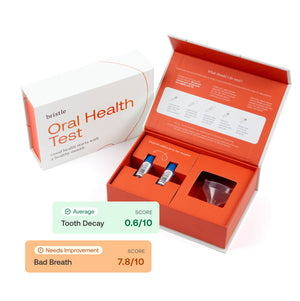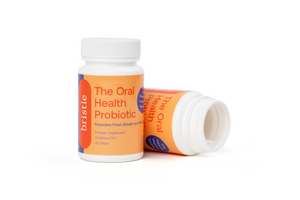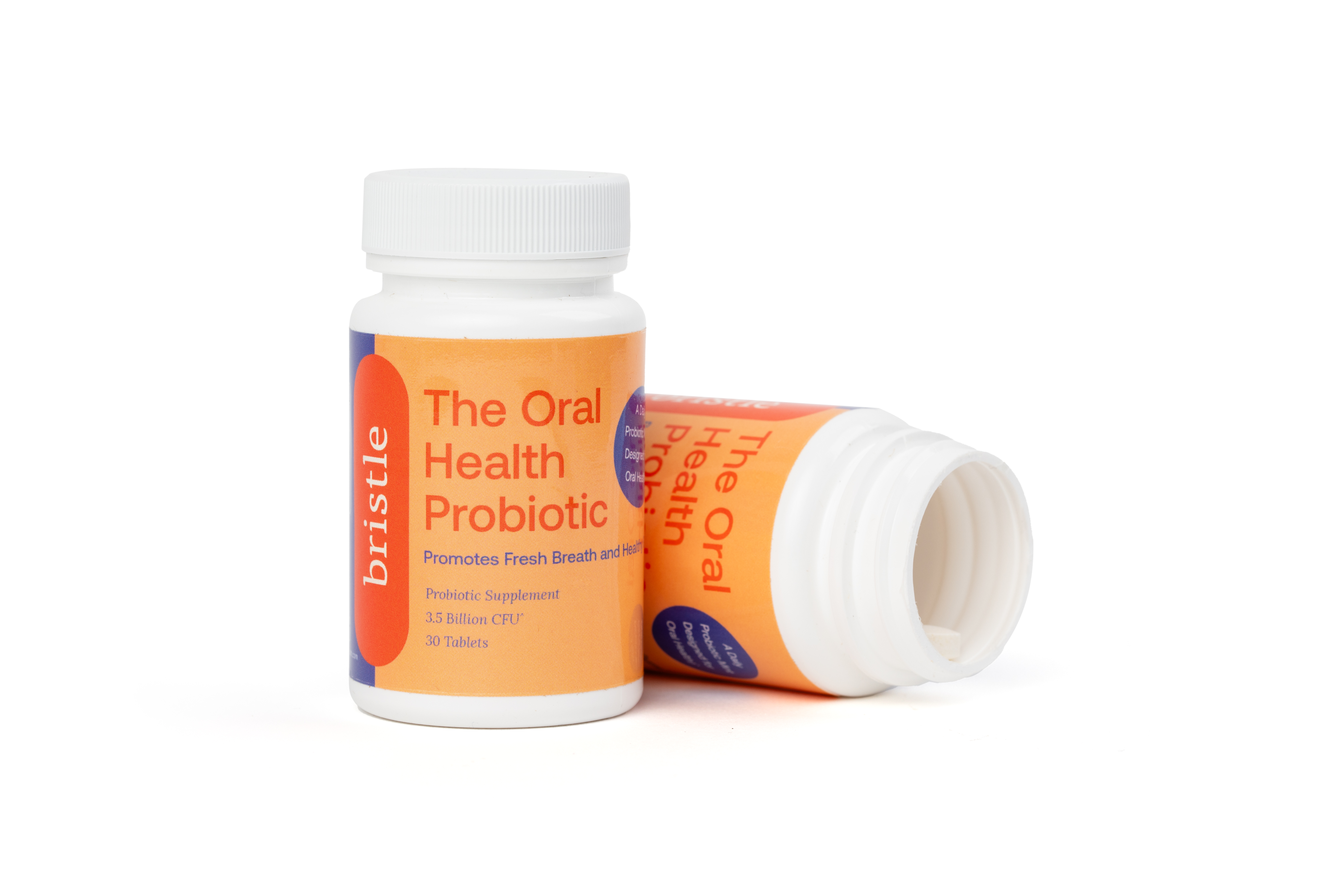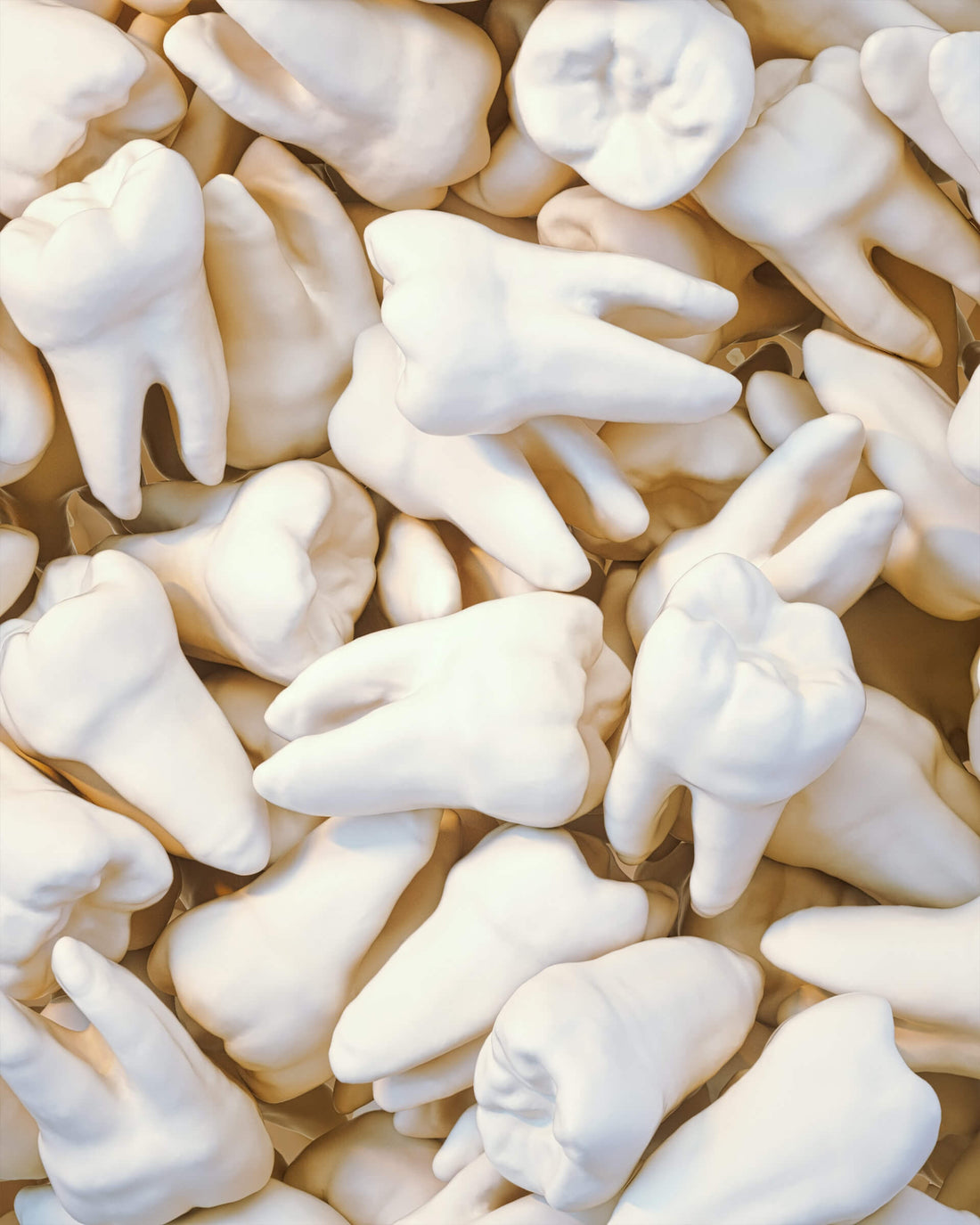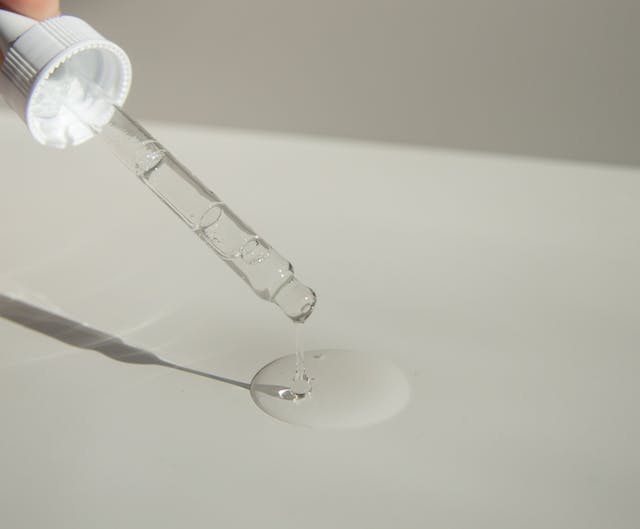Do you have sore or bleeding gums? Are you suffering from loose teeth and bad breath? You could have periodontitis, a form of severe gum disease. The mildest form of gum disease, gingivitis, when left untreated can lead to periodontal disease. Interested in solving your gum disease problems at home? We might have a solution for you! But first, we need to go over what is periodontal disease to understand how we can solve it.
What is periodontal disease?
Early stages of gum disease are called gingivitis, where bad bacteria in the mouth cause inflammation of the gums. If left untreated, this advances to another type of gum disease called periodontitis, which causes receding gums and affects the teeth and jaw. Periodontitis can cause tooth loss and bone and gum tissue destruction if it becomes aggressive or chronic. The risks of surgery for these advanced forms of periodontal disease are high, so early treatment is critical for good oral health.
What causes periodontal disease?
The bacteria in your mouth are part of a group of microbes known as the oral microbiome. The oral microbiome is normally in a state of balance, with good bacteria that can help prevent infections and train your immune system. However, the oral microbiome can shift into a state of imbalance, also known as oral microbiome dysbiosis.
In oral dysbiosis, bad bacteria in your mouth are able to outcompete the good ones for nutrients, and this allows them to invade your tissues and cause disease. Oral microbiome dysbiosis can also cause tooth decay and affect other aspects of dental health.
Most of these bad bacteria are anaerobic, meaning they thrive in the absence of oxygen, which allows them to grow extremely well in the pockets of your gums beneath your teeth. Bacterial growth deep in the pockets creates a home for them, also known as biofilm or dental plaque.
As they grow deep into these pockets, the usual mechanical methods of oral hygiene such as brushing and flossing are no longer effective because they cannot reach those sites to remove the plaque buildup, the biofilm of harmful bacteria.
When left untreated, the pockets begin to deepen as bacteria cause more damage to the tissue, resulting in periodontal disease, which is characterized by permanent damage to your gums, bone loss. It can even affect your jaw bone, which is essential to stabilizing your teeth.
People with other health conditions, like diabetes, are at higher risk of periodontal disease.
What are symptoms of periodontal disease?
Can you reverse periodontal disease?
You may have wondered if periodontal disease is reversible, if so, how can you reverse periodontal disease? Unfortunately, the answer is no, periodontal disease cannot be reversed. Gum disease in its early form of gingivitis can be reversed, but the progressed form of periodontitis cannot be because bacteria have already caused damage to the bones that cannot be repaired.
So what are some natural ways to reverse gum disease at home?
Symptoms of periodontal disease can be relieved, and you can also stop periodontal disease from progressing and getting worse. Here are some natural remedies to cure symptoms of periodontal disease at home:

